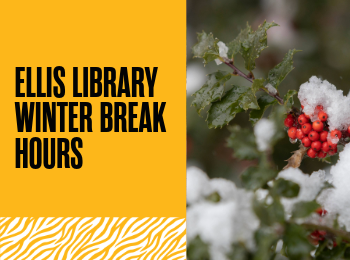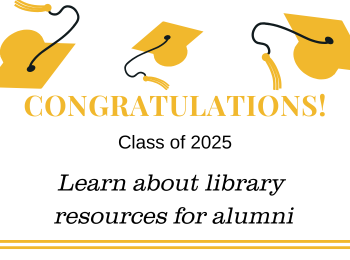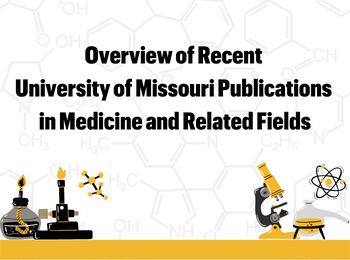Written by: Libby Gremaud
The library doesn’t just have books – our librarians and library staff are great resource too! If you need help doing research, finding a book in the library, looking up obscure data, or simply asking a question about the library itself, they are always willing to assist.
This semester, the library has hired four new friendly faces as librarians. Beyond the contact information listed below, research librarians are always available through the Libraries chat, and you can ask if a specific person is available.
 The first new librarian is Jenn Brady, who is now the head of the Zalk Veterinary Medical Library. She has spent ten years working in medical librarianship, so she is very experienced and is very helpful to students who need help within the medical field. If you’re wondering where this library is, the Zalk Veterinary Medical Library is located near where Rollins Street and East Campus Drive intersect, and it can be very helpful to veterinary students or if you’re doing research on animals or vet medicine. You can contact Jenn by going to room W218C in the Veterinary Medical Building, by phone at (573) 882-2461, or email at j.brady@missouri.edu.
The first new librarian is Jenn Brady, who is now the head of the Zalk Veterinary Medical Library. She has spent ten years working in medical librarianship, so she is very experienced and is very helpful to students who need help within the medical field. If you’re wondering where this library is, the Zalk Veterinary Medical Library is located near where Rollins Street and East Campus Drive intersect, and it can be very helpful to veterinary students or if you’re doing research on animals or vet medicine. You can contact Jenn by going to room W218C in the Veterinary Medical Building, by phone at (573) 882-2461, or email at j.brady@missouri.edu.
The second new librarian is Dylan Martin, who is a Social Sciences & Copyright Librarian. Previously, he worked as a librarian at Lincoln College in Jefferson City and at KOPN. If you need help doing research in Black Studies, Psychology, or Women and Gender Studies, you can contact him and he will be able to assist you. You can contact him either by going to room 166 in Ellis Library, by phone number at (573) 884-8139, or by email at dtmgy5@missouri.edu.
and at KOPN. If you need help doing research in Black Studies, Psychology, or Women and Gender Studies, you can contact him and he will be able to assist you. You can contact him either by going to room 166 in Ellis Library, by phone number at (573) 884-8139, or by email at dtmgy5@missouri.edu.
 The third new librarian this semester is Dr. Marian Toledo Candelaria, who is now the head of Special Collections. Before coming to Mizzou, she worked as a program manager for Rare Book SChool and at the University of Waterloo she was a writing and multimodal communication specialist. In this role, she is helping to manage and direct the special collections at Ellis by adding more resources, helping students, and preserving the important documents we already have. If you have any questions about what these collections are or how you can access them, feel free to reach out to Marian. Special Collections is located on the 4th floor of Ellis Library, and it is an immense collection of rare and/or old books, articles, papers, or other documents. You can contact her by going to room 405 in Ellis Library, by phone at (573) 882-3755, or by email at m.toledocandelaria@missouri.edu.
The third new librarian this semester is Dr. Marian Toledo Candelaria, who is now the head of Special Collections. Before coming to Mizzou, she worked as a program manager for Rare Book SChool and at the University of Waterloo she was a writing and multimodal communication specialist. In this role, she is helping to manage and direct the special collections at Ellis by adding more resources, helping students, and preserving the important documents we already have. If you have any questions about what these collections are or how you can access them, feel free to reach out to Marian. Special Collections is located on the 4th floor of Ellis Library, and it is an immense collection of rare and/or old books, articles, papers, or other documents. You can contact her by going to room 405 in Ellis Library, by phone at (573) 882-3755, or by email at m.toledocandelaria@missouri.edu.
Our final new librarian is Dr. Jennilyn Wiley, who is the new Head of the Journalism Library. She previously worked at Auburn University, where was a Business, Entrepreneurship, and Economics Librarian. The Journalism library is located within the Donald W. Reynolds Journalism Institute on 9th street, and it is a great place for journalism majors and other students alike. This library offers quiet study spaces and also lots of resources to check out, such as cameras or laptops. Dr Wiley can be contacted by . . .



 The first new librarian is
The first new librarian is  and at KOPN. If you need help doing research in Black Studies, Psychology, or Women and Gender Studies, you can contact him and he will be able to assist you. You can contact him either by going to room 166 in Ellis Library, by phone number at
and at KOPN. If you need help doing research in Black Studies, Psychology, or Women and Gender Studies, you can contact him and he will be able to assist you. You can contact him either by going to room 166 in Ellis Library, by phone number at  The third new librarian this semester is
The third new librarian this semester is 





